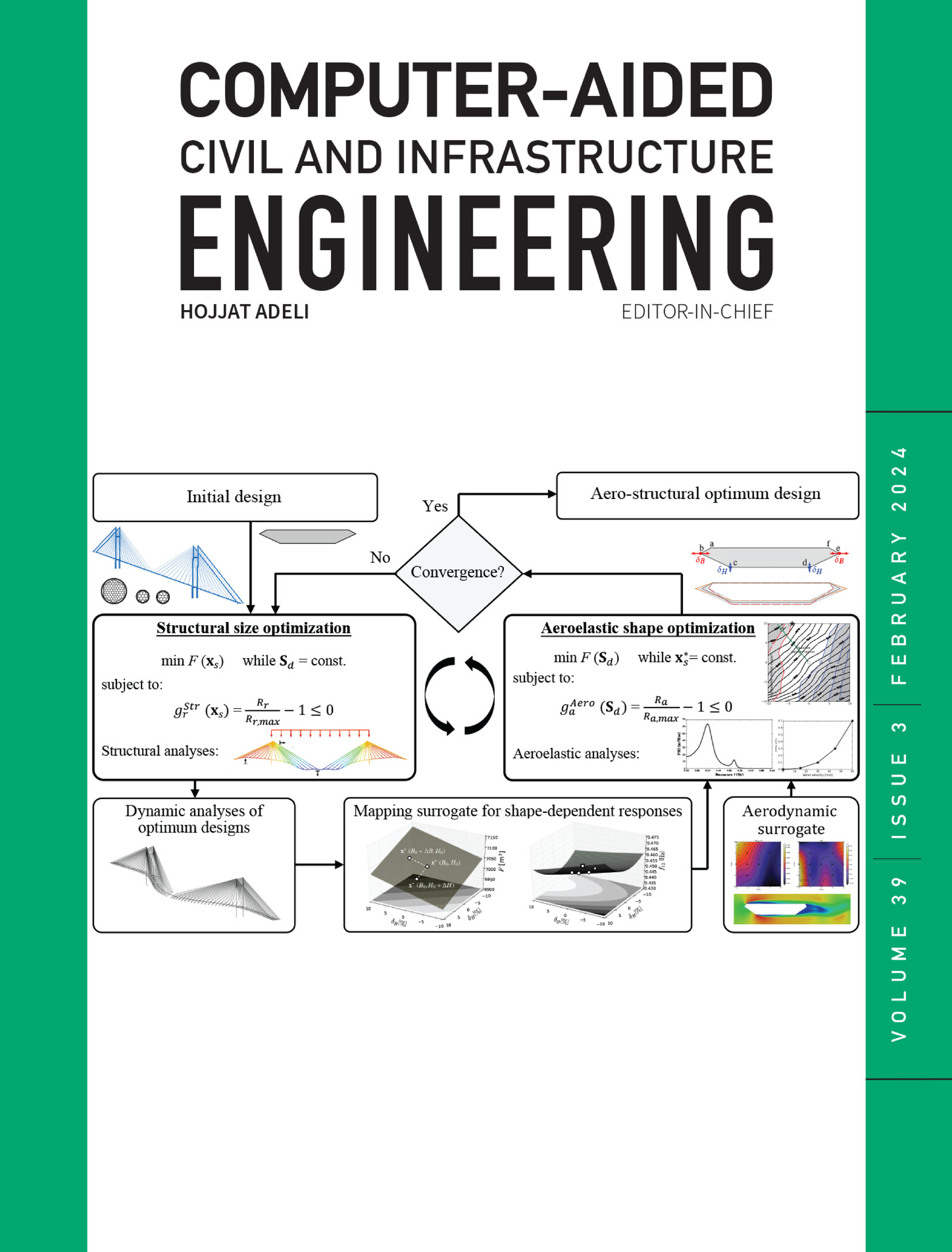Development of a low-cost microscopic vision-based real-time strain sensor using Raspberry Pi
IF 8.5
1区 工程技术
Q1 COMPUTER SCIENCE, INTERDISCIPLINARY APPLICATIONS
引用次数: 0
Abstract
Strain is one of the key indicators for structural health monitoring. In this study, we developed a low-cost microscopic vision-based real-time strain sensor using Raspberry Pi (called MISS-Dym). By strategies for image processing accelerated and the specific running logic, the strain can be outputted at a frequency of more than 30 Hz in real time. The MISS-Dym integrates multiple functions including real-time strain calculations, temperature compensation, data storage, and wireless transmission. Comparative experiments were performed with fiber Bragg grating to assess the accuracy of the sensor. In the static experiments, the maximum mean squared error was 1.77 µε, while the maximum relative error was 5.5% in the dynamic experiments. Additionally, a 10-day monitoring was conducted by MISS-Dym. The results show that the sensor can effectively capture both the vehicle-induced and the temperature-induced strain of the concrete bridge. The MISS-Dym provides an efficient and low-cost method for monitoring the dynamic strain responses of concrete structures.求助全文
约1分钟内获得全文
求助全文
来源期刊
CiteScore
17.60
自引率
19.80%
发文量
146
审稿时长
1 months
期刊介绍:
Computer-Aided Civil and Infrastructure Engineering stands as a scholarly, peer-reviewed archival journal, serving as a vital link between advancements in computer technology and civil and infrastructure engineering. The journal serves as a distinctive platform for the publication of original articles, spotlighting novel computational techniques and inventive applications of computers. Specifically, it concentrates on recent progress in computer and information technologies, fostering the development and application of emerging computing paradigms.
Encompassing a broad scope, the journal addresses bridge, construction, environmental, highway, geotechnical, structural, transportation, and water resources engineering. It extends its reach to the management of infrastructure systems, covering domains such as highways, bridges, pavements, airports, and utilities. The journal delves into areas like artificial intelligence, cognitive modeling, concurrent engineering, database management, distributed computing, evolutionary computing, fuzzy logic, genetic algorithms, geometric modeling, internet-based technologies, knowledge discovery and engineering, machine learning, mobile computing, multimedia technologies, networking, neural network computing, optimization and search, parallel processing, robotics, smart structures, software engineering, virtual reality, and visualization techniques.

 求助内容:
求助内容: 应助结果提醒方式:
应助结果提醒方式:


